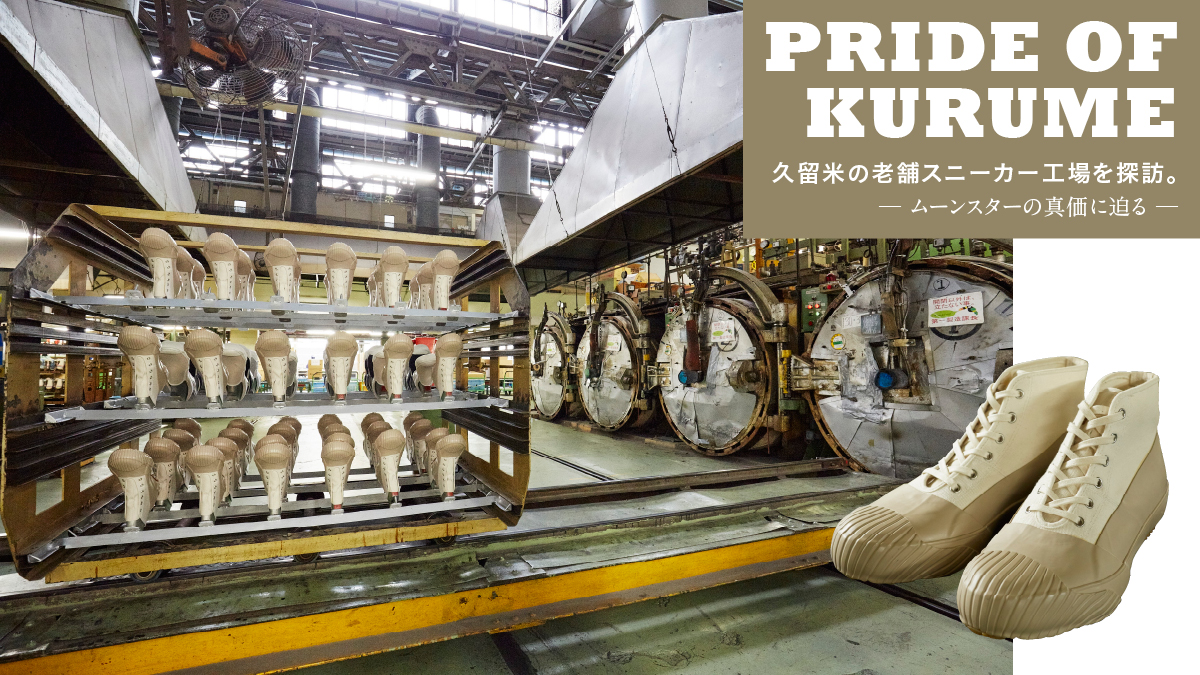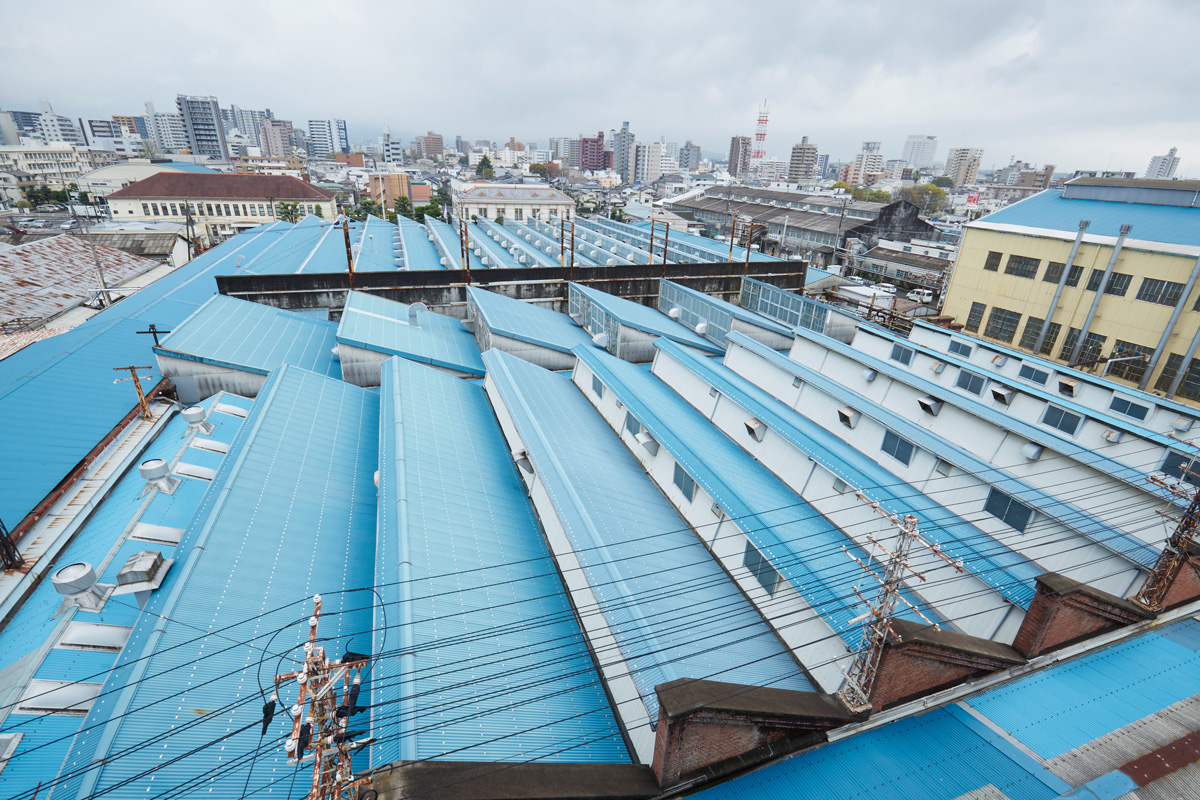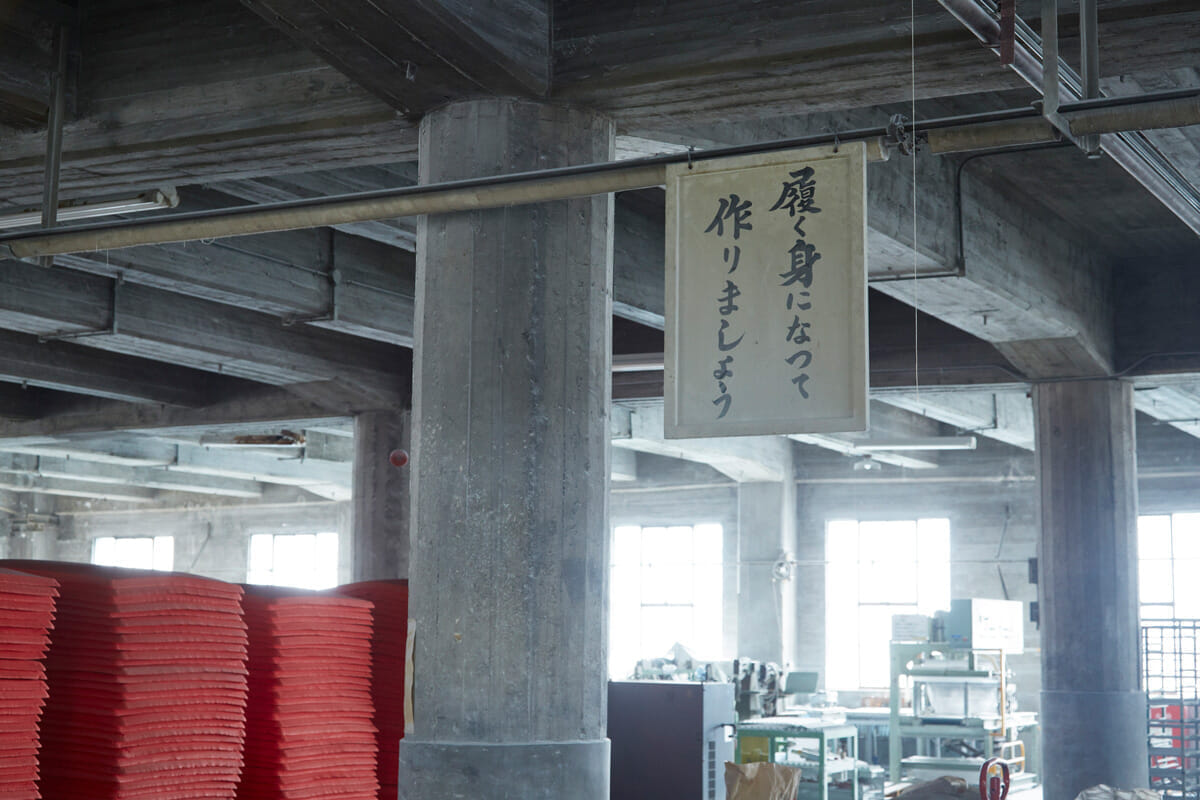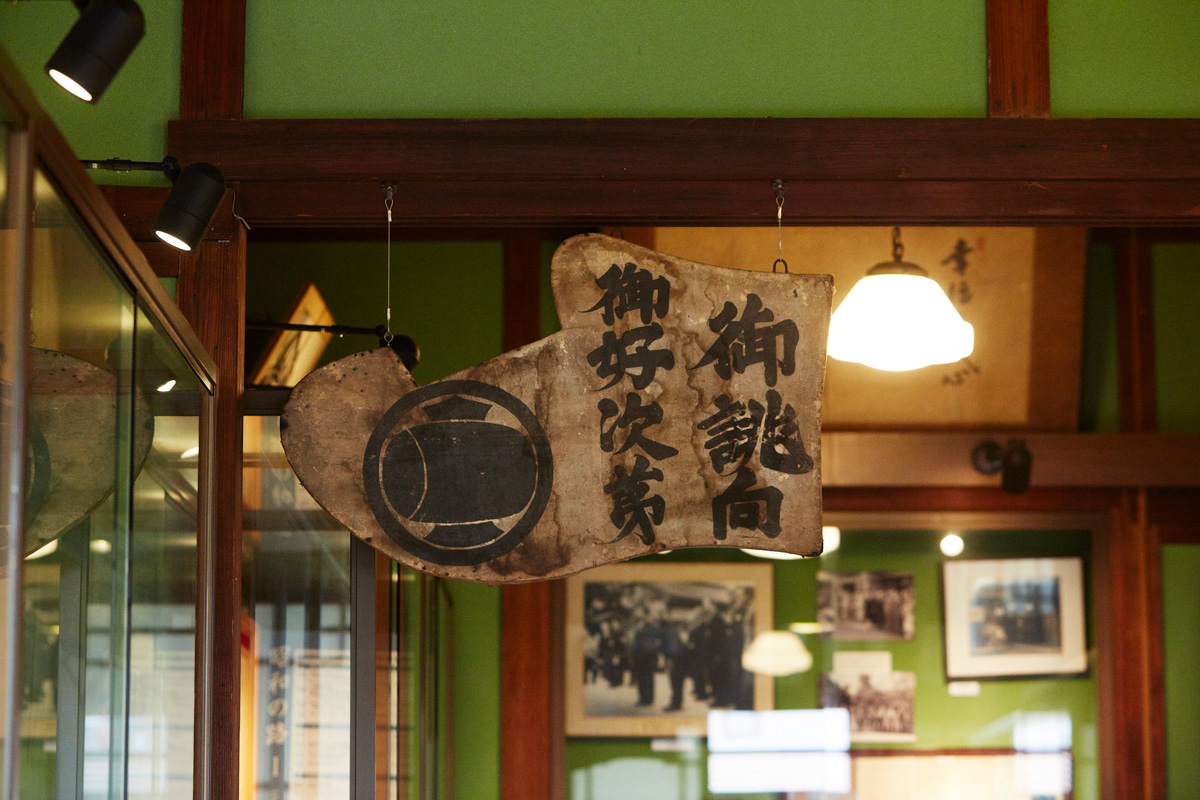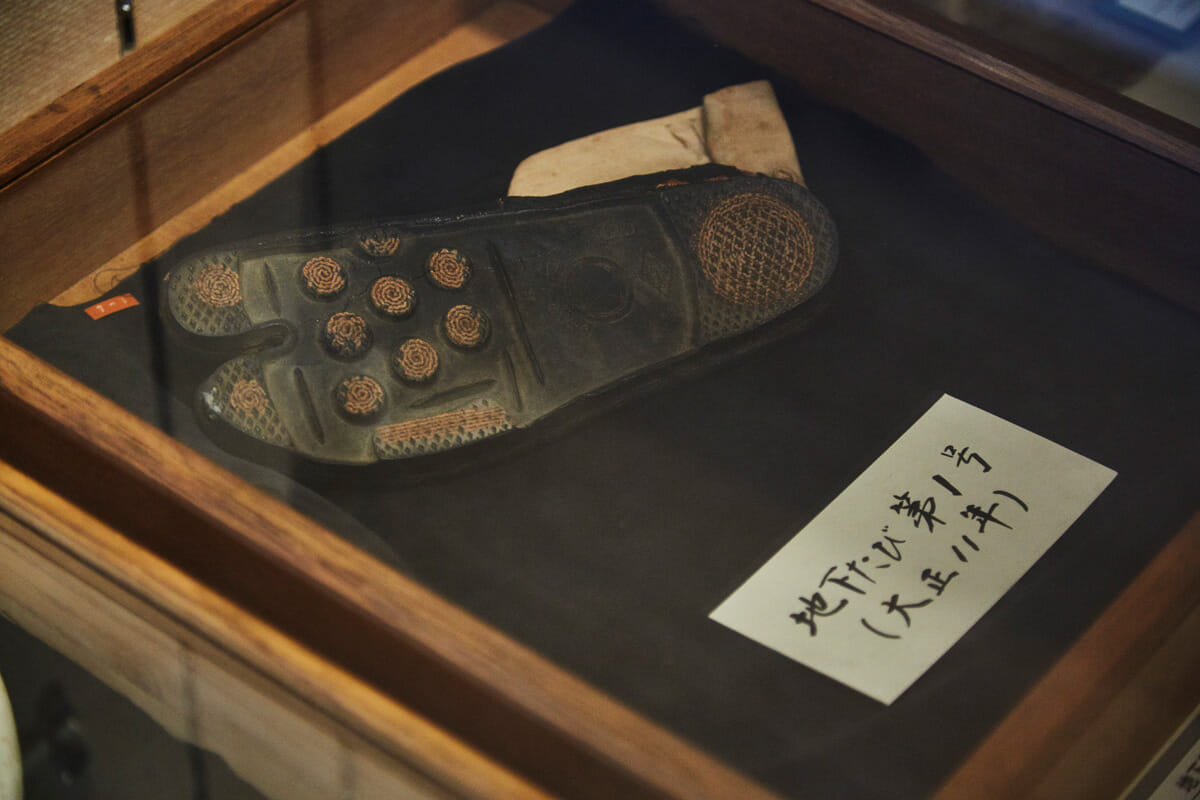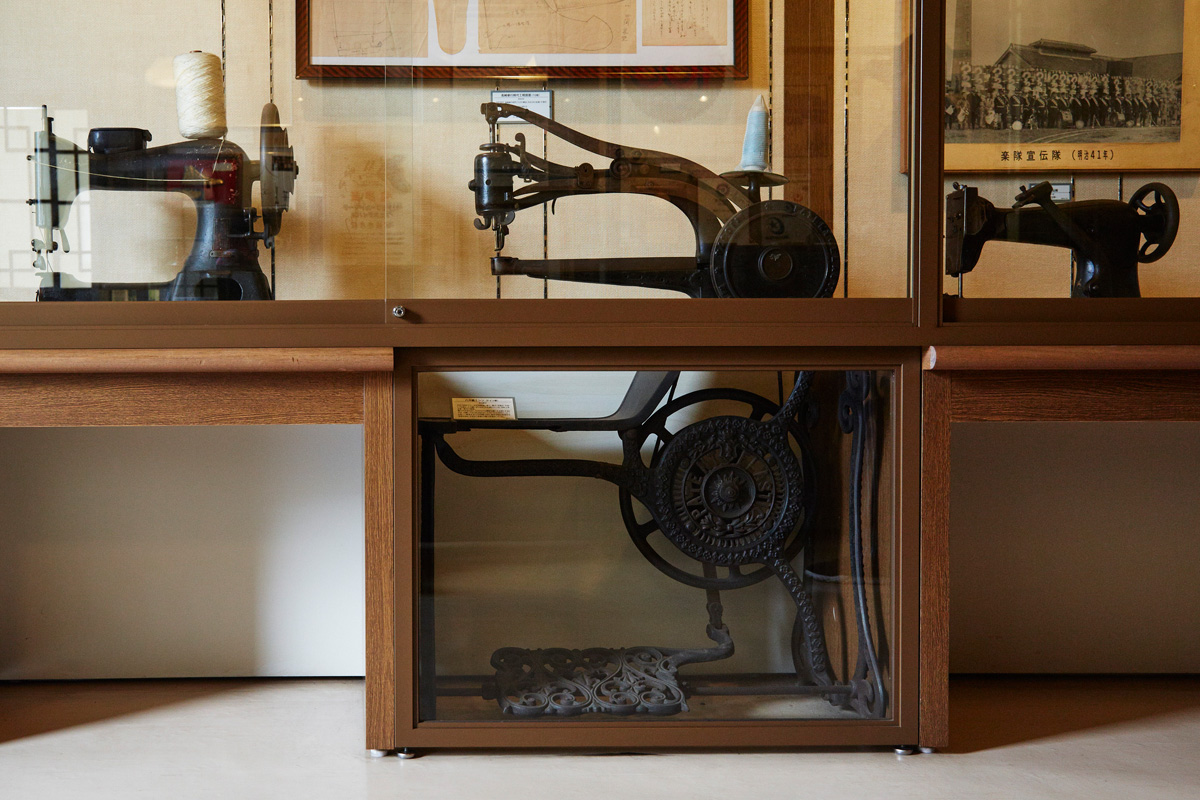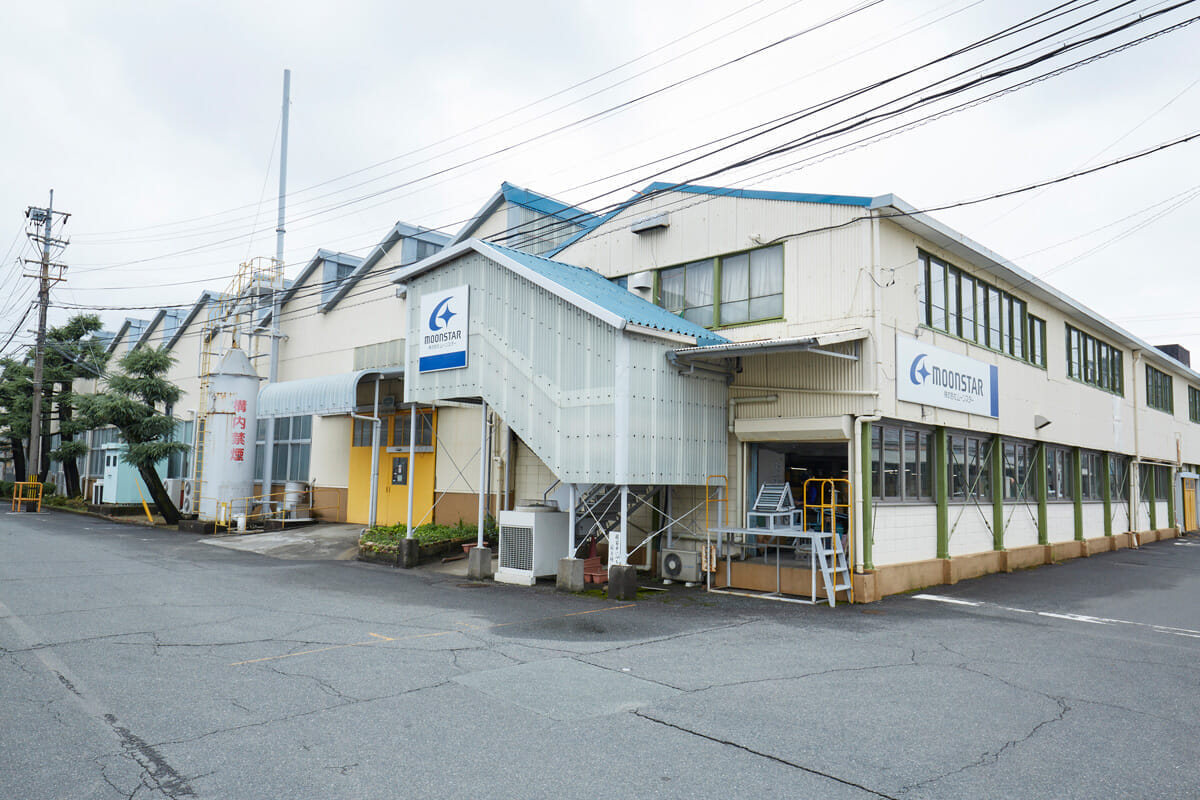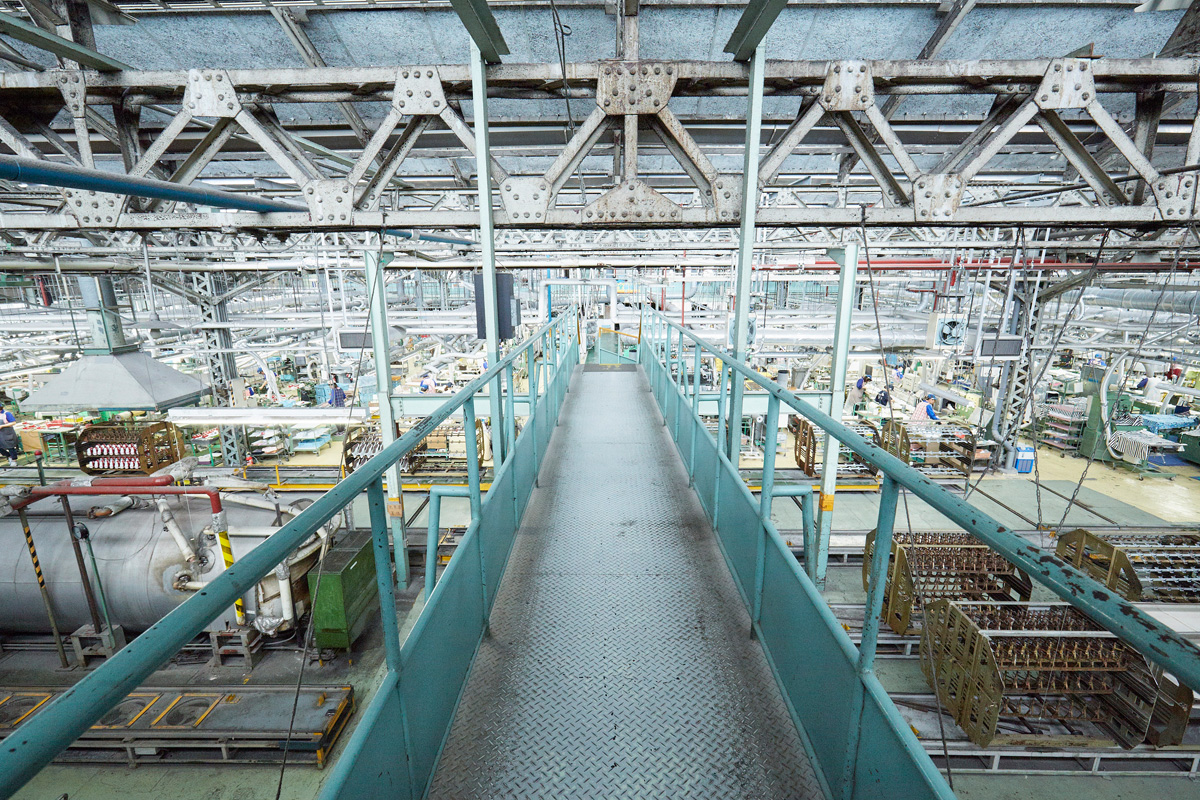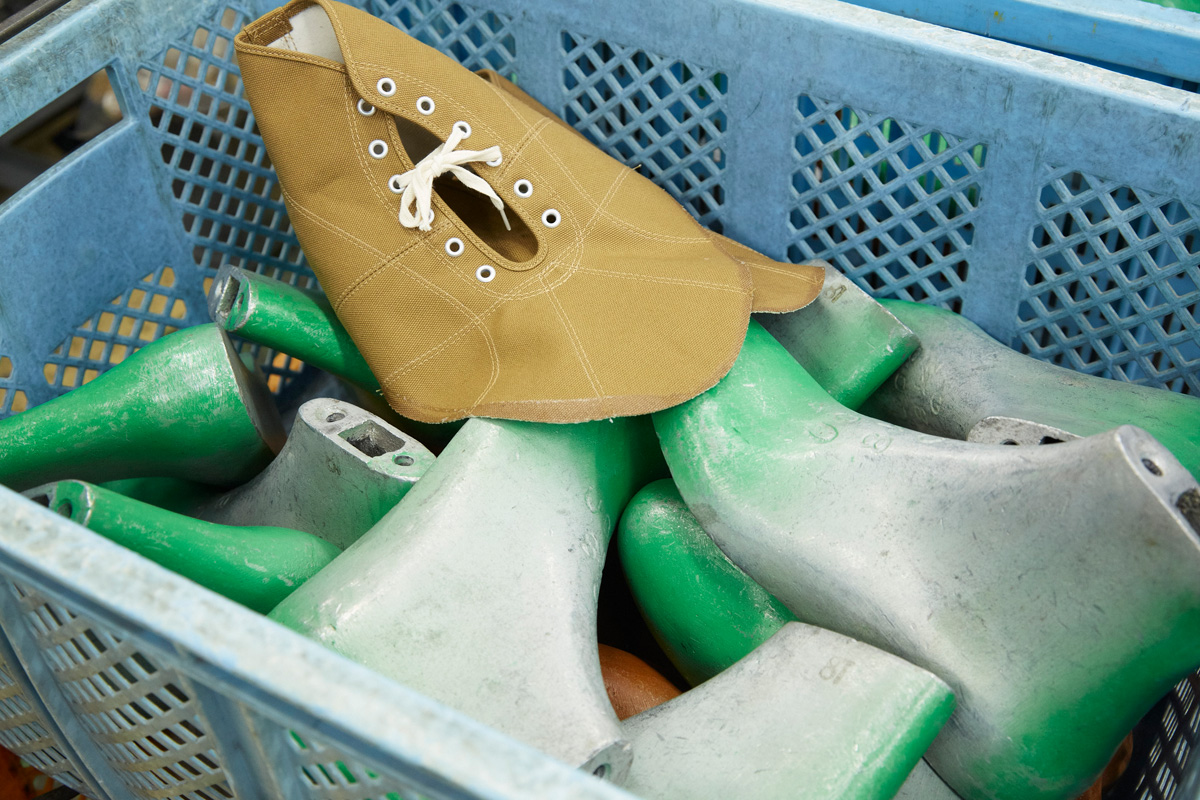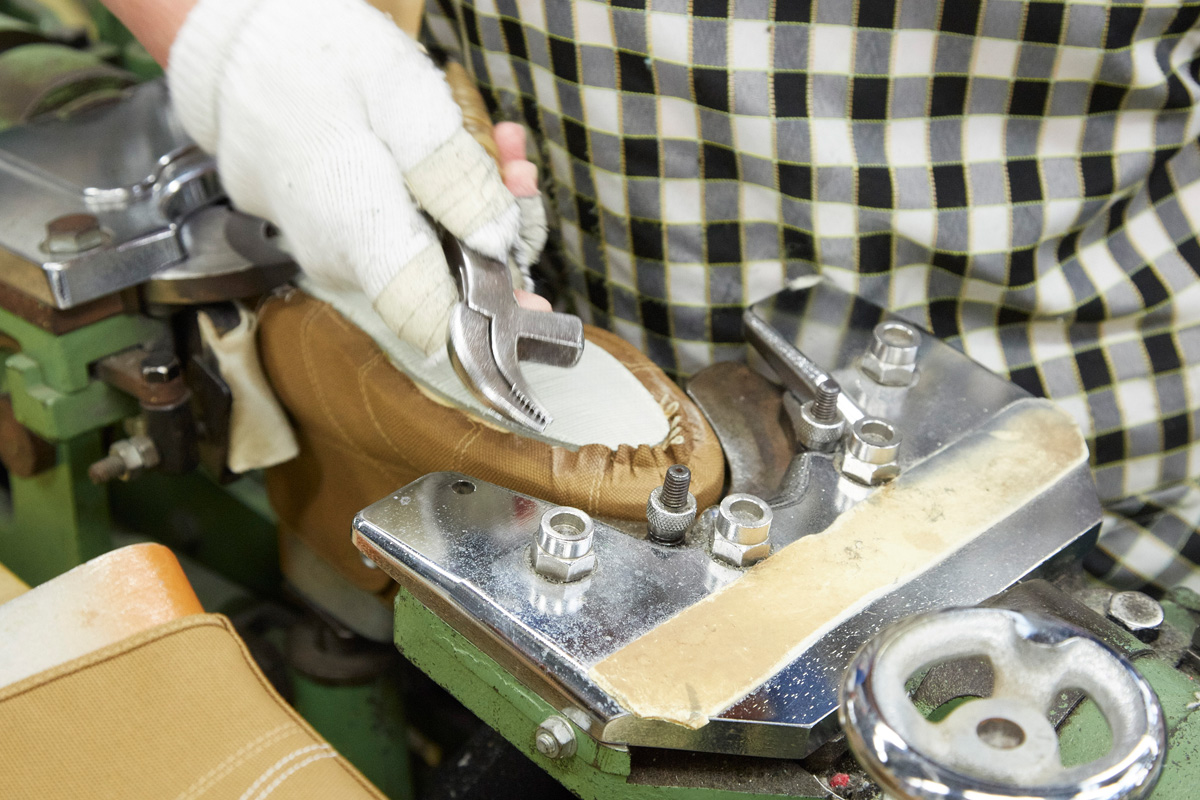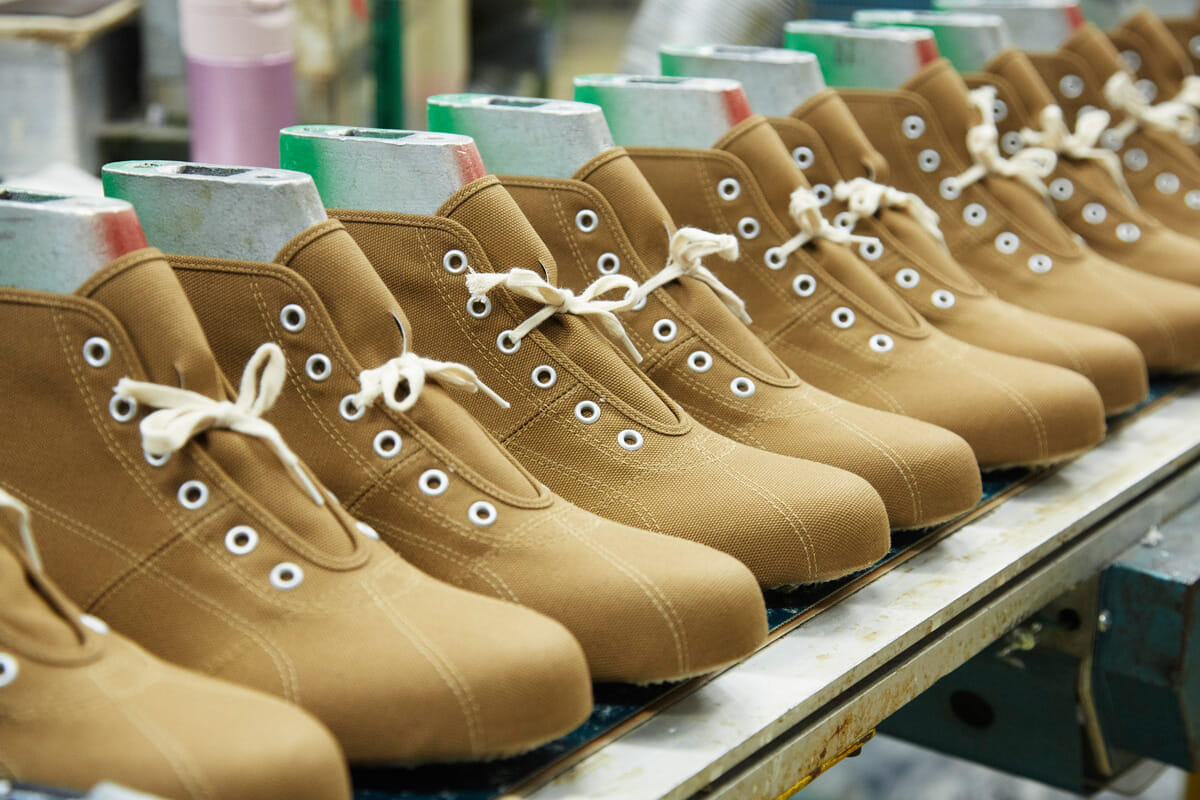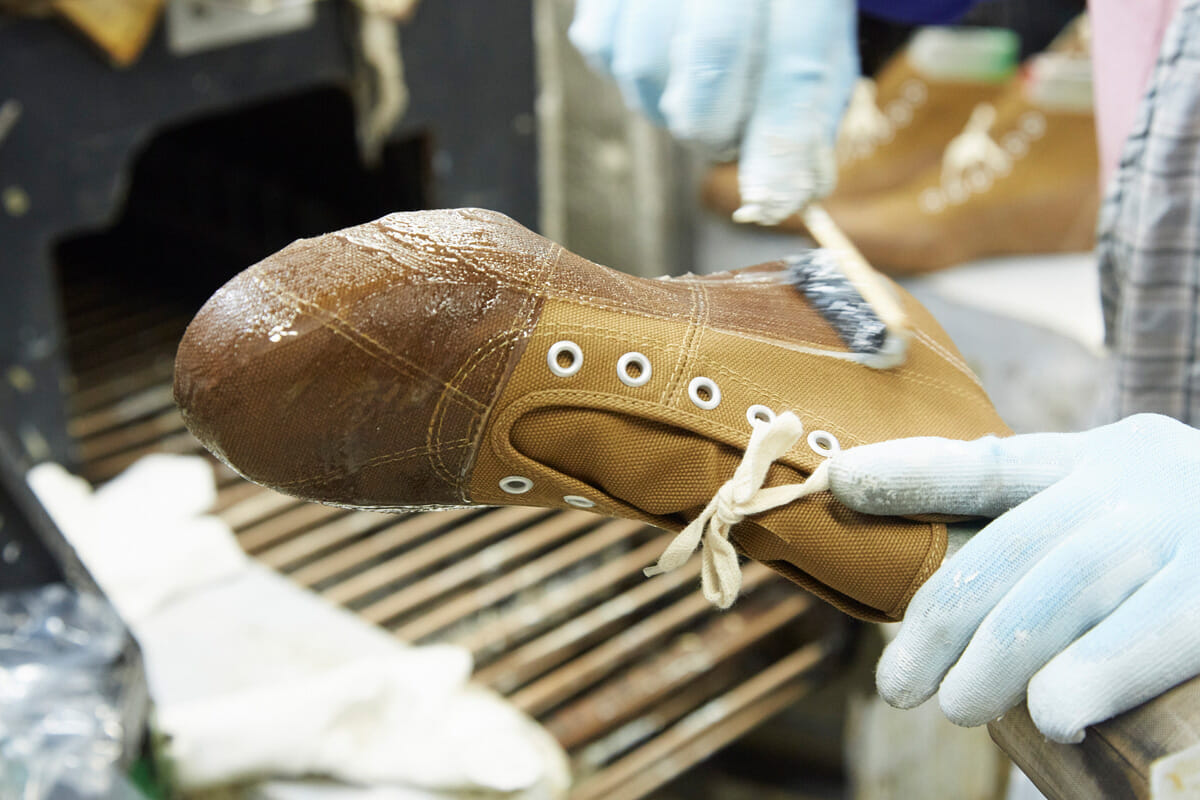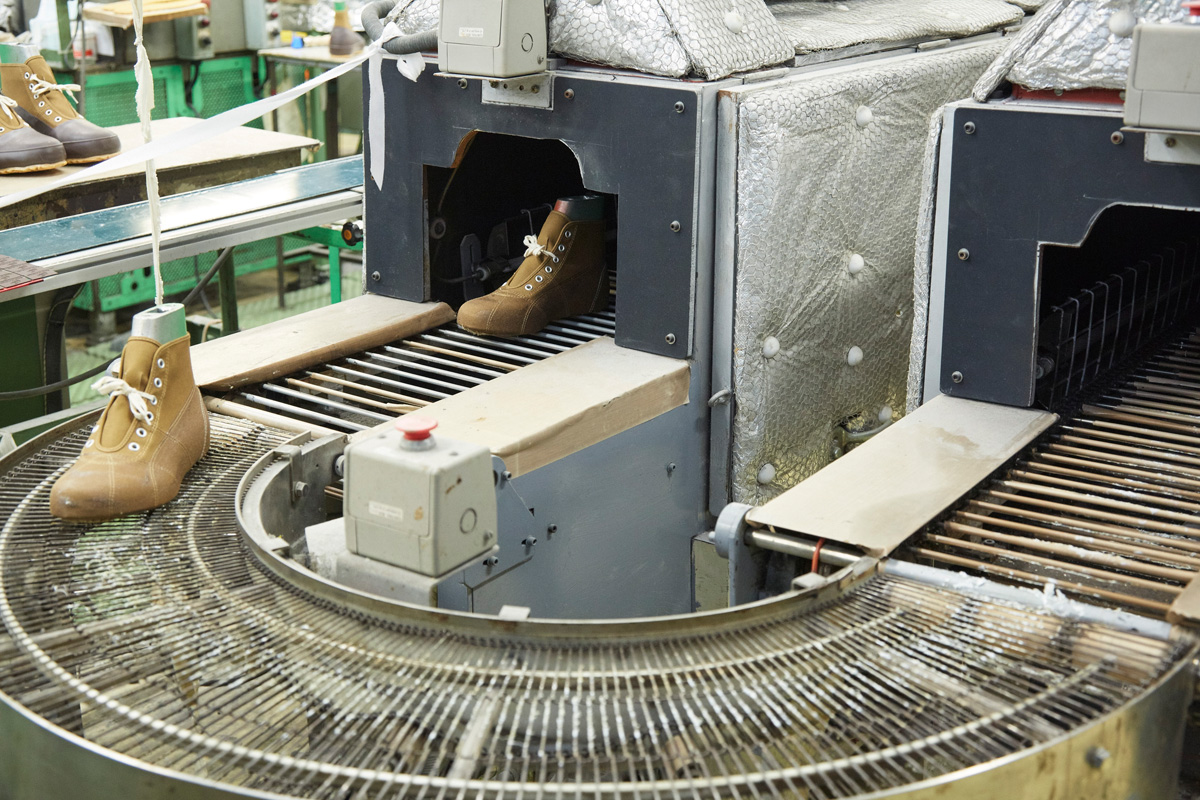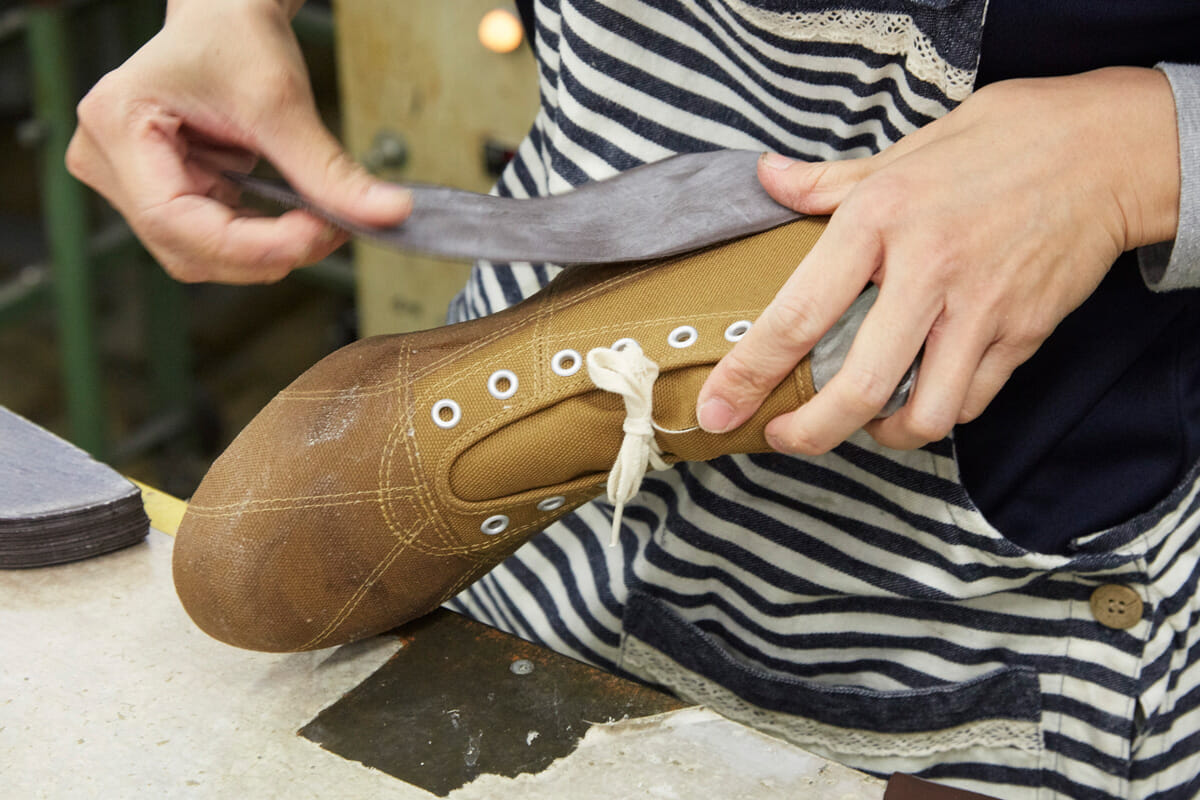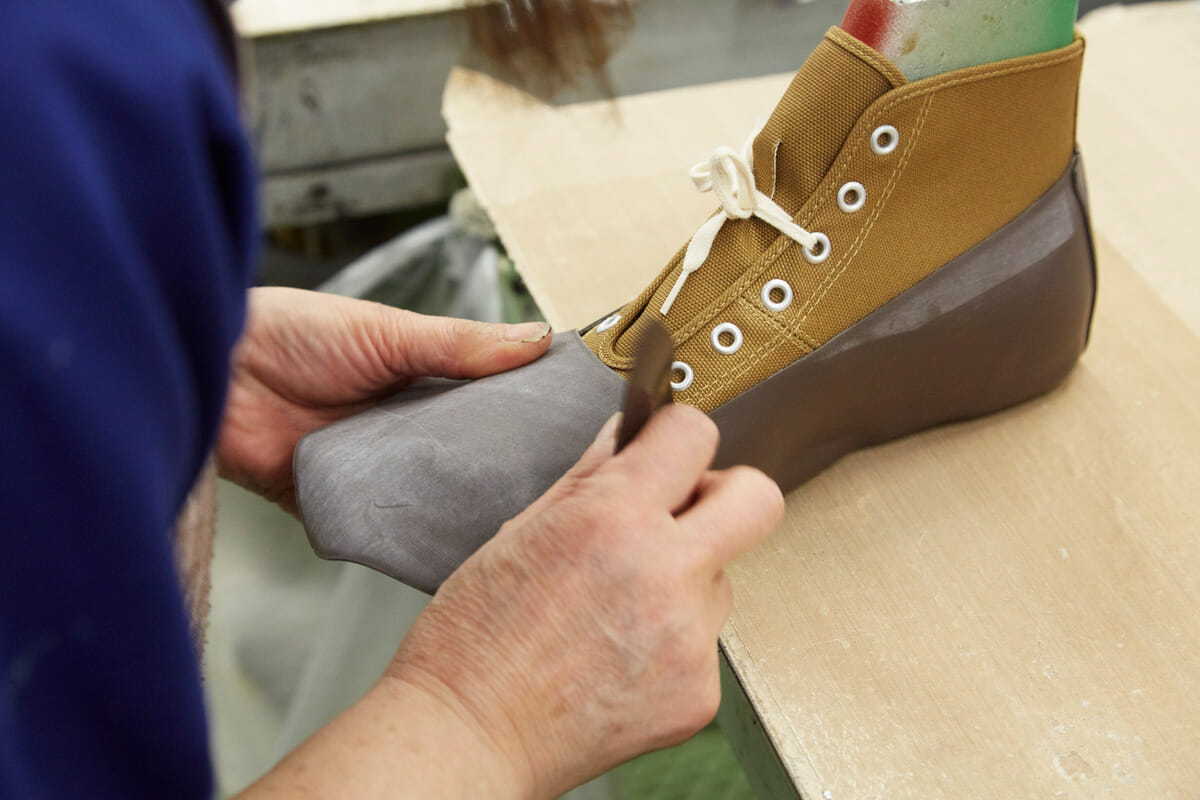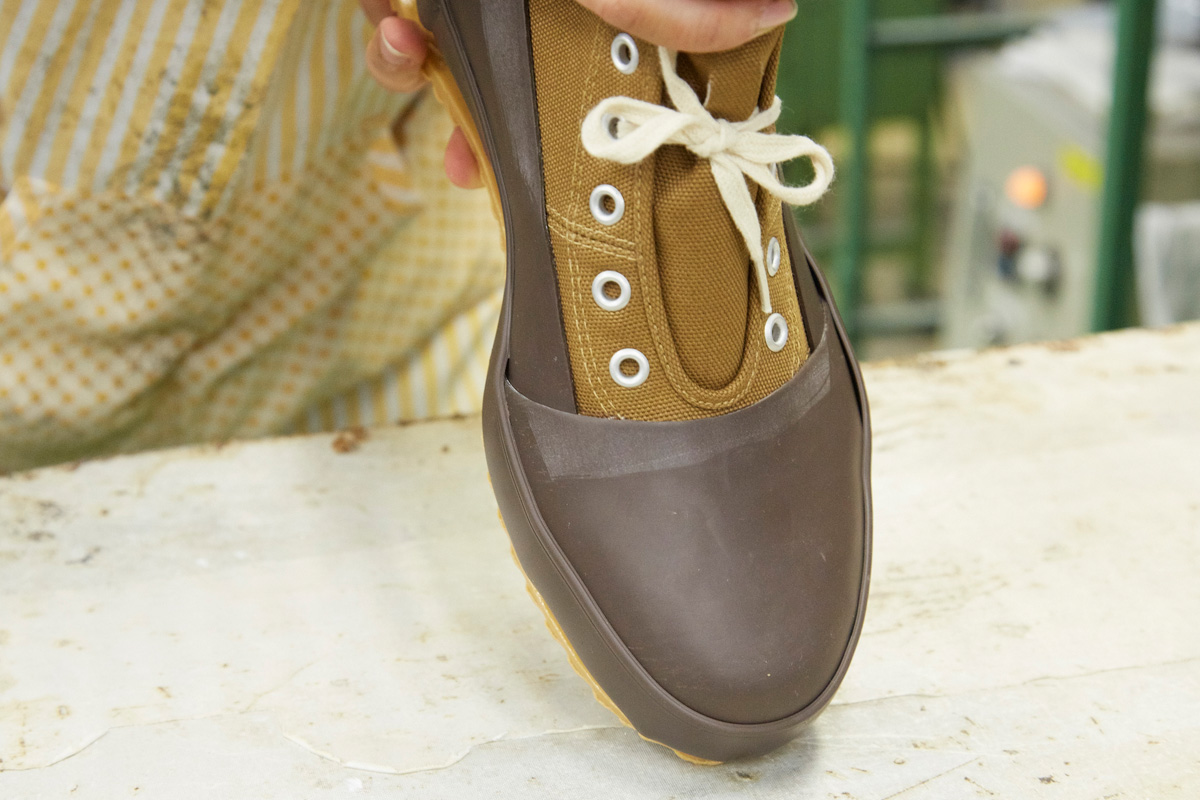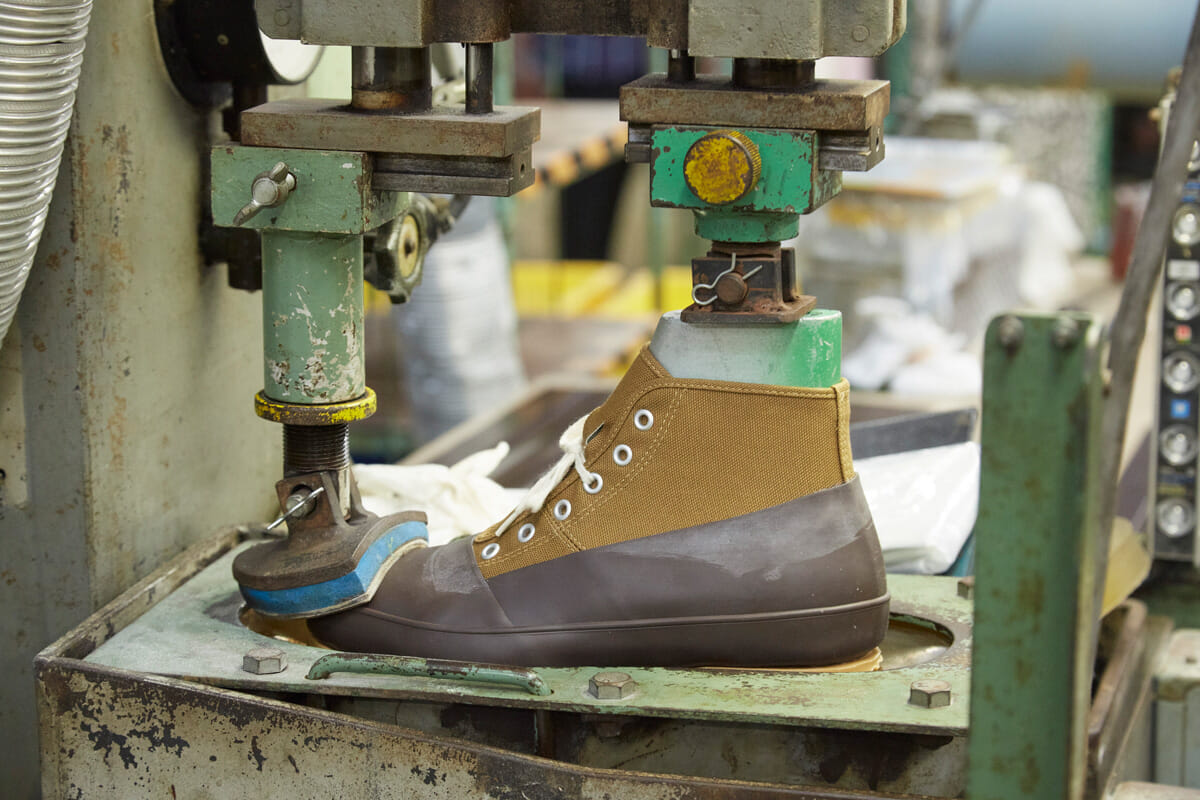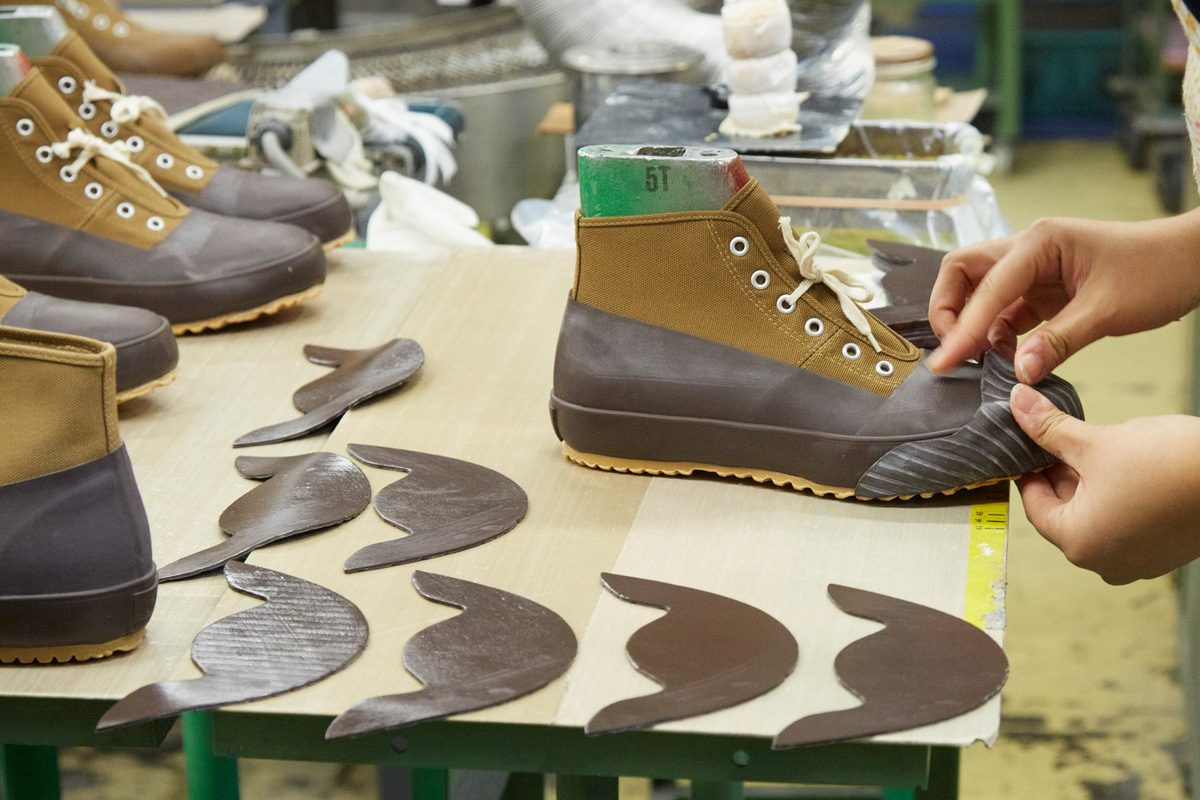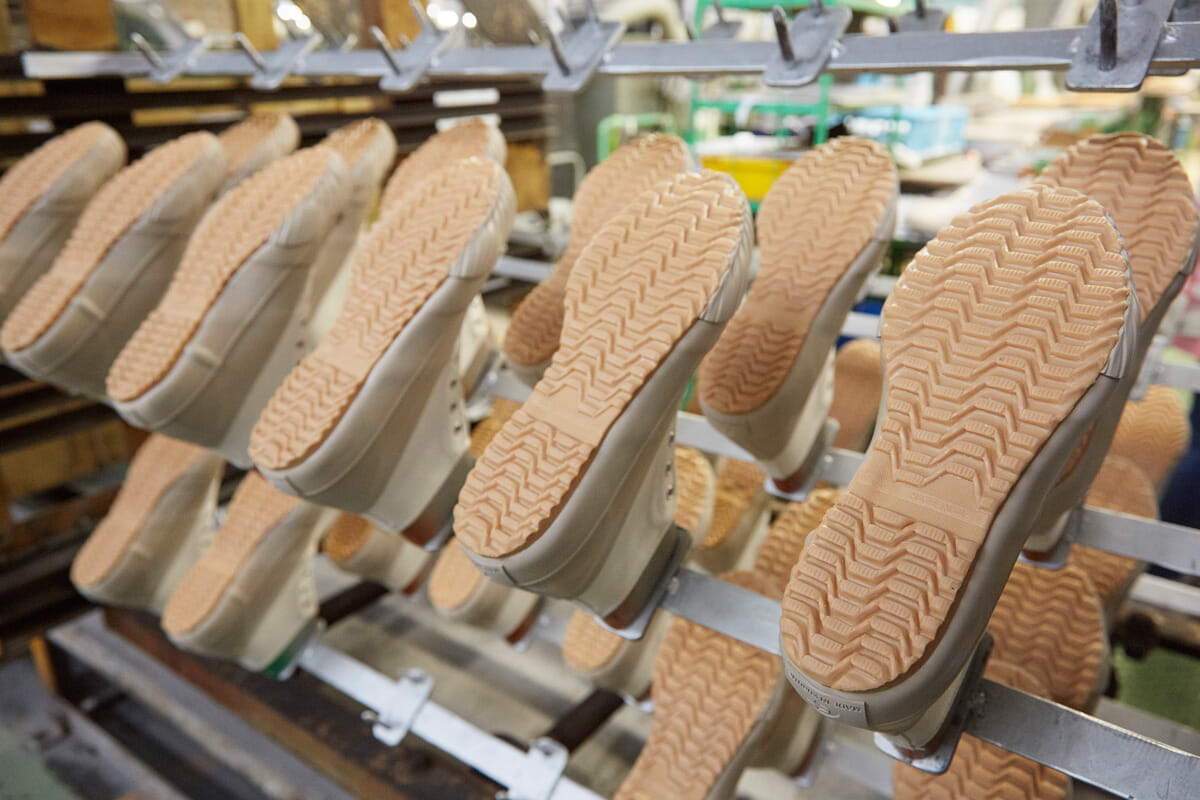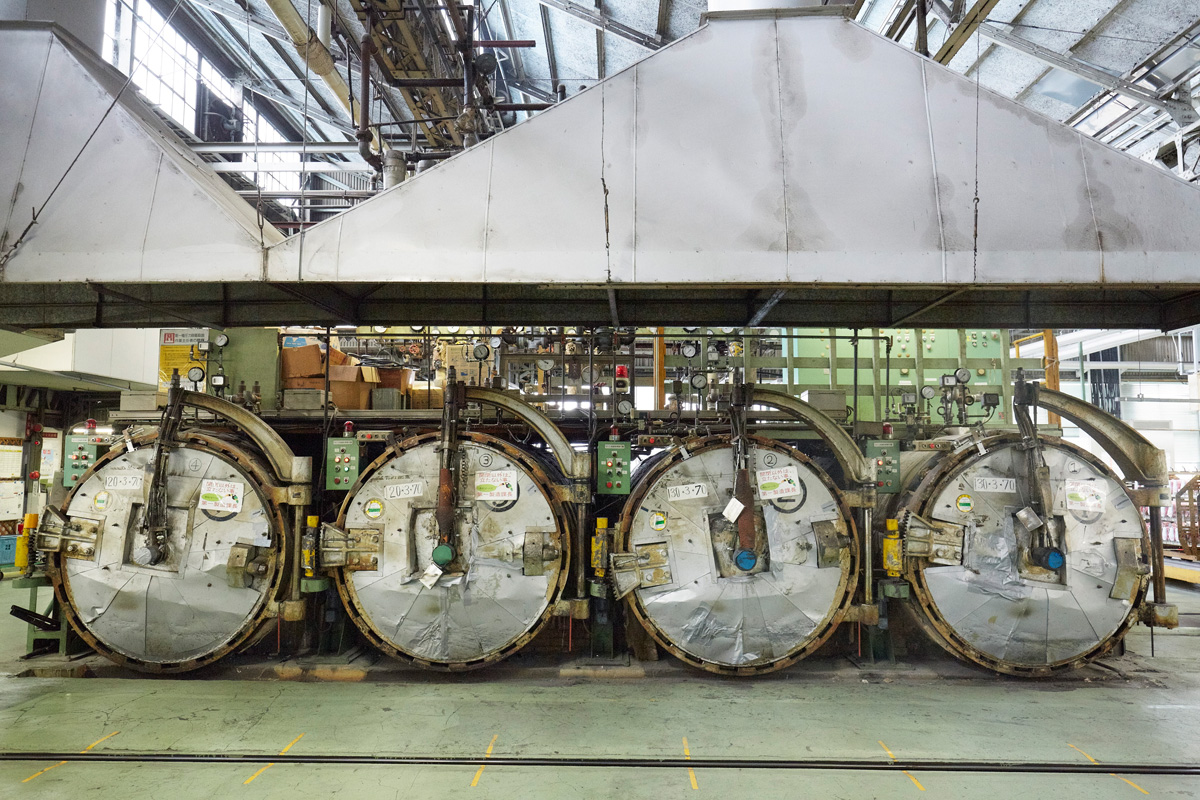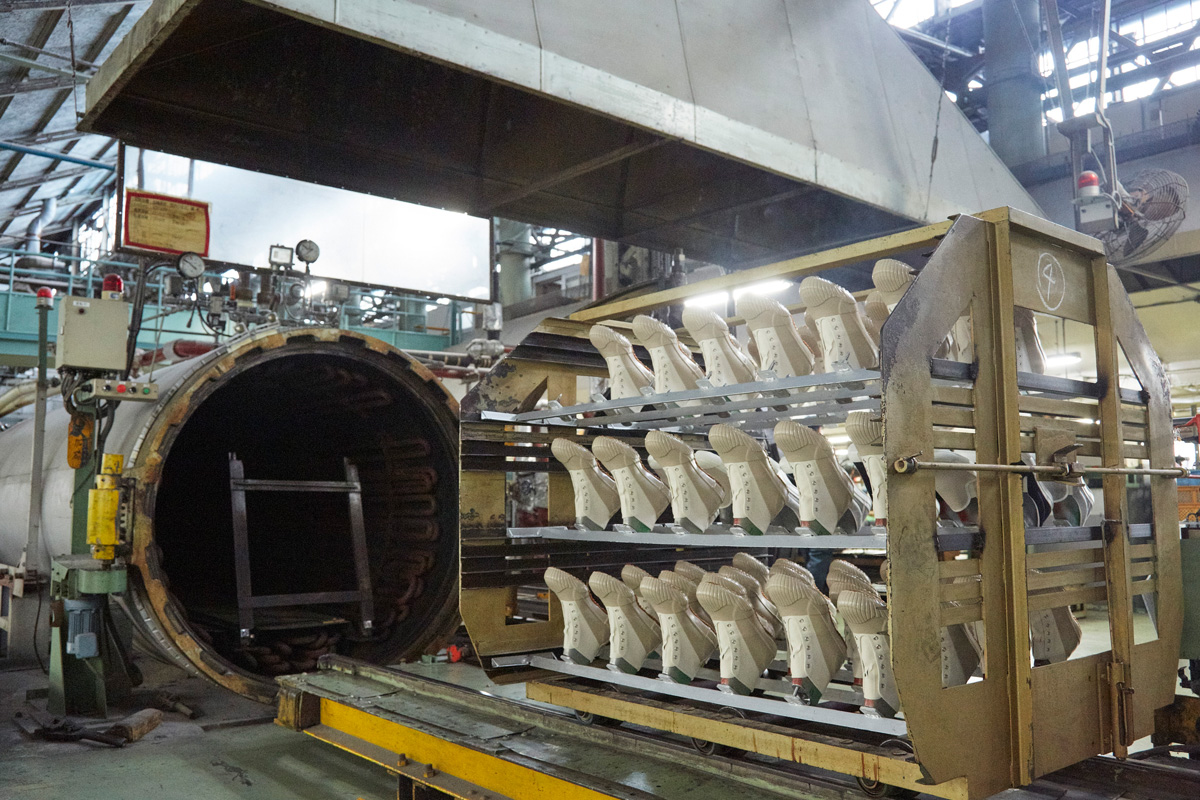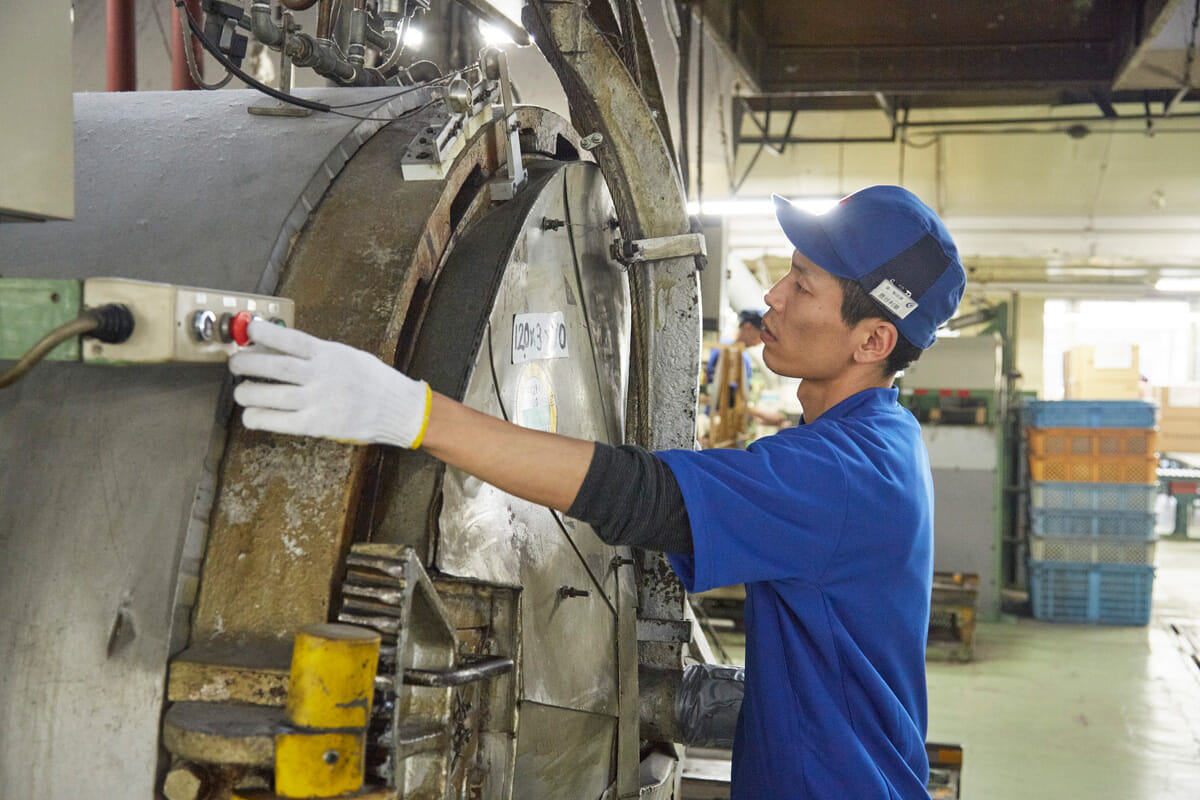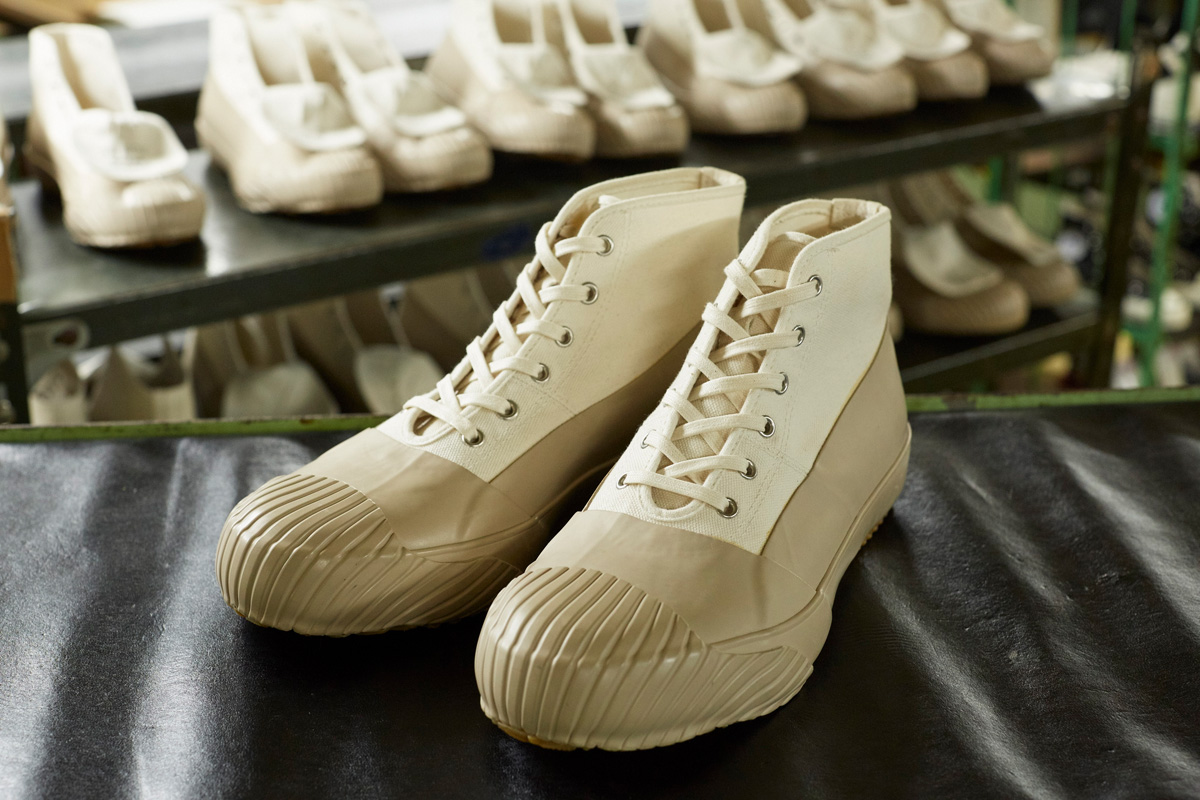Kurume City , with a population of 300,000, is located in the southern part of Fukuoka Prefecture. Kurume City, with a population of 300,000, is located in the southern part of Fukuoka Prefecture and is known as a "rubber town" with a large concentration of rubber product-related industries. Why did Kurume become a rubber town? In fact, Moonstar is indispensable in explaining the reason.
Moonstar was founded in 1873. The company's original name was "Tsuchiya Tabi-Ten" (つちやたび店). As the name suggests, the company started as a small store engaged in the manufacture and sale of traditional Japanese tabi socks. The founder was Unpei Kurata . Although there were twists and turns during the upheavals of the Meiji period (1868-1912), the high quality Tabi Shoes sewn with a German-made sewing machine became popular, and the business got on track. A major turning point came in the 1920s. The third president saw a pair of American-made canvas shoes brought by the manager of Singer Sewing Machine, a business partner of the company, and this inspired him to come up with the idea of Tabi Shoes with rubber soles, which he successfully commercialized after a trial and error process. Competing with other rubber-related manufacturers that existed at the same time, the company helped to boost the rubber industry in Kurume City. Later, the company began manufacturing school shoes, athletic shoes, and sneakers with rubber soles. The company name was changed to "Tsukiboshi Rubber Co. Thus, it is no exaggeration to say that MoonStar is the company that laid the foundation for Kurume's development as a rubber town.
